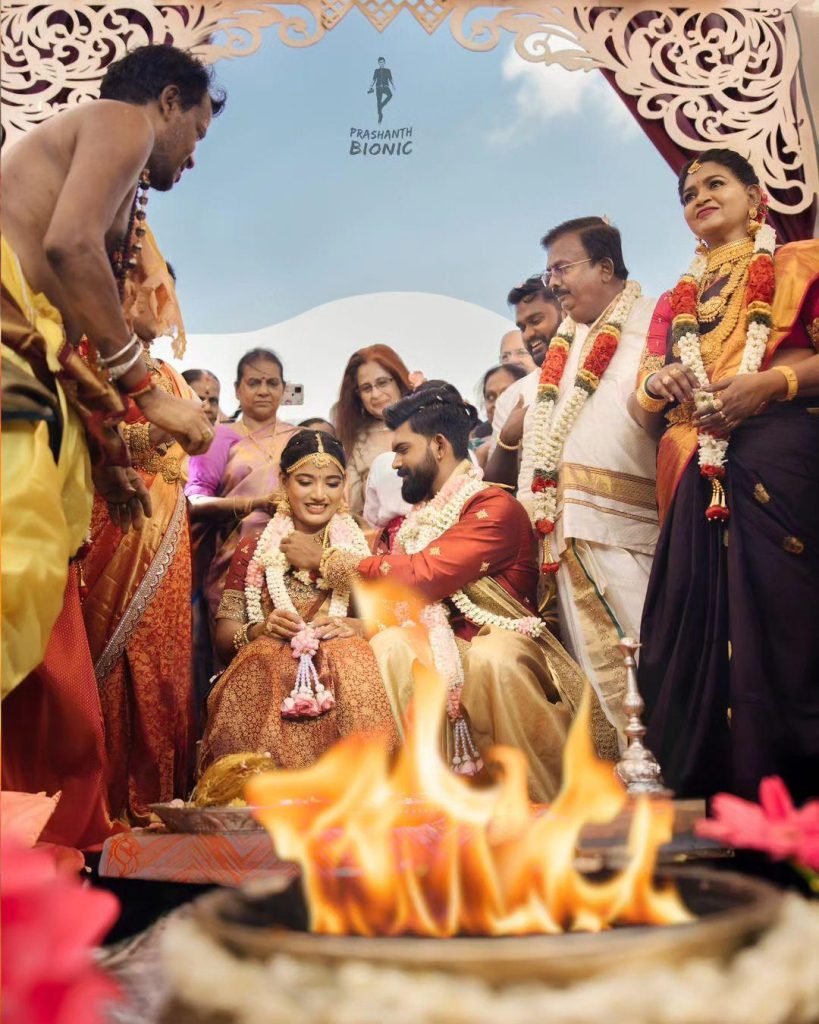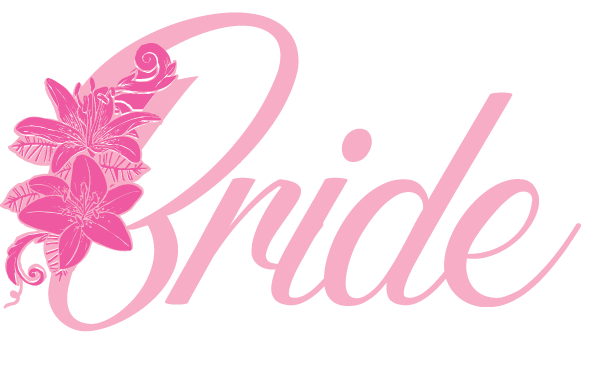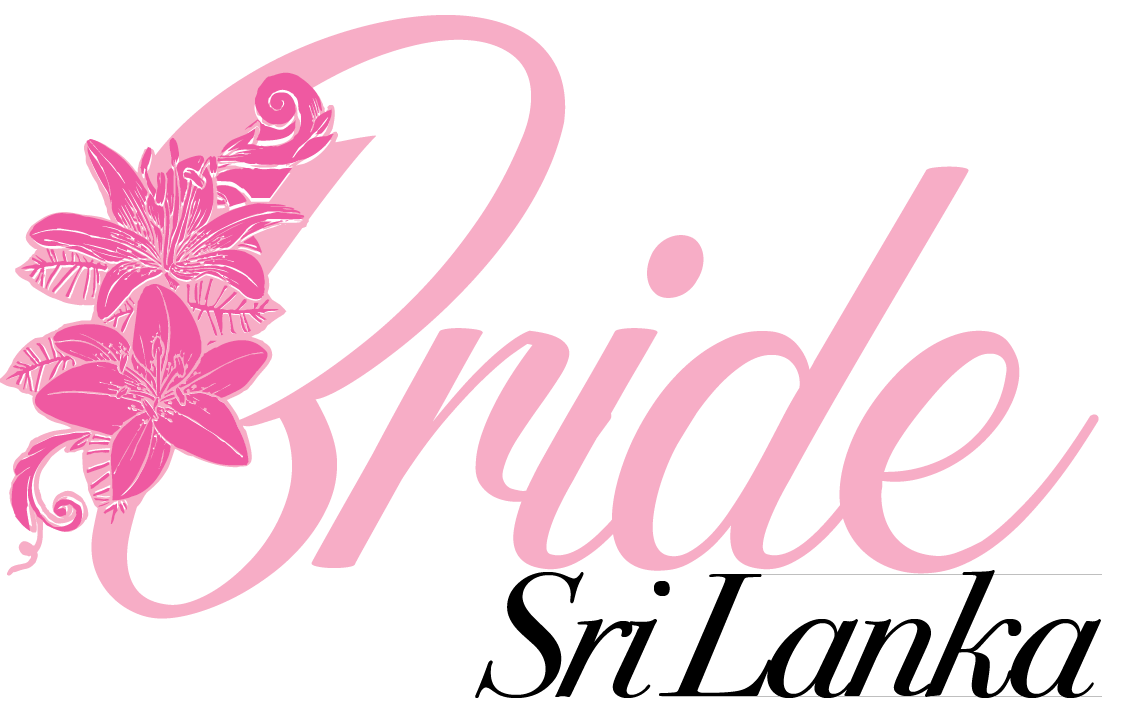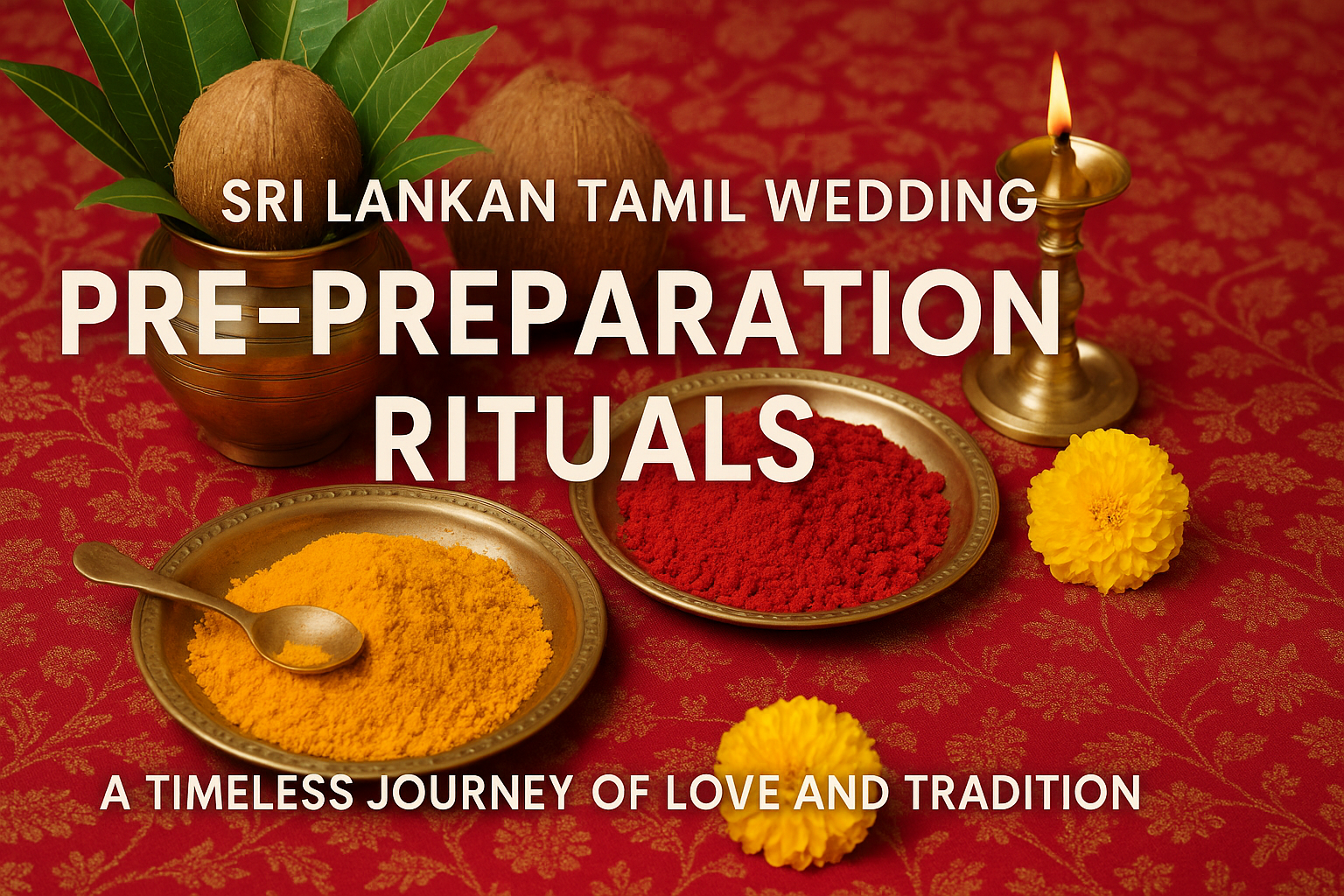Introduction
A Sri Lankan Tamil wedding is not just a union between two individuals—it’s a sacred blend of families, traditions, and divine blessings. While the wedding day steals the spotlight, the days leading up to the wedding are rich with rituals that symbolise purity, commitment, and cultural heritage. In this article, we explore the pre-preparation rituals of Sri Lankan Tamil weddings, highlighting their meaning, significance, and the emotional beauty behind each custom.
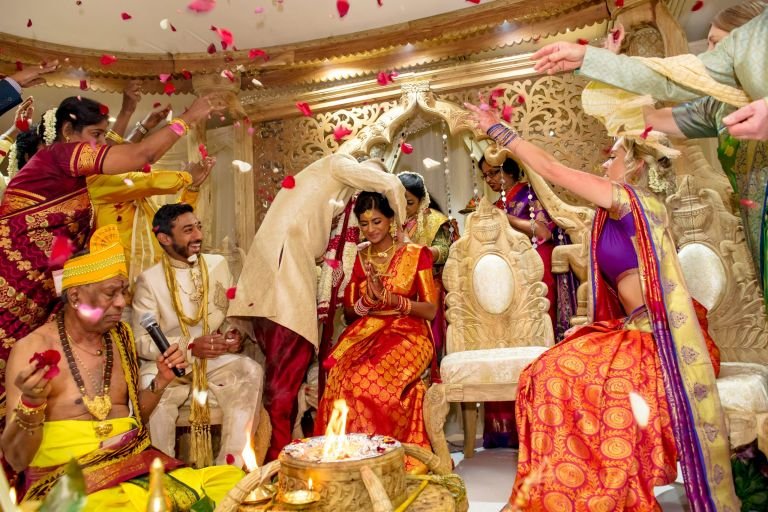
1. Horoscope Matching (Jathagam Porutham)
One of the earliest and most important steps in a Tamil wedding is horoscope matching. In Sri Lankan Tamil culture, both families consult a Hindu astrologer (jyothidar) to compare the jathagam (birth charts) of the bride and groom.
- Purpose: To assess compatibility, health, prosperity, and long-term harmony.
- Key Aspects Checked: Dina porutham, rasi porutham, yoni porutham, and mahendra porutham.
If the horoscopes are deemed compatible, the families proceed with engagement planning. In modern times, some couples still consult astrologers even when opting for love marriages, as a way to honour tradition.
2. Ponnurukkal / Nischayathartham (Engagement Ceremony)
This formal engagement is a public declaration of the wedding. Known as Ponnurukkal or Nischayathartham, this event marks the official agreement between both families.
Ritual Highlights:
- The groom’s family visits the bride’s home bearing gifts including gold jewellery, sarees, coconuts, and sweets.
- The bride is adorned in traditional attire, and a gold chain or ring is presented as a token of commitment.
- The date of the wedding is fixed by the astrologer (muhurtham).
- A formal invitation exchange (thamboolam) takes place.
This event serves as a cultural icebreaker between the two families and sets the tone for future celebrations.
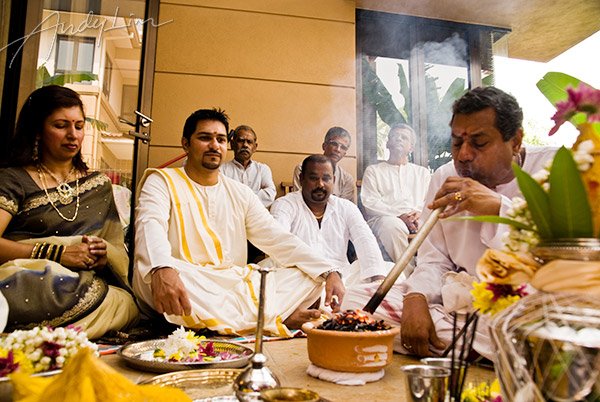
3. Shopping and Saree Selection (Muhurtha Pattu)
As the wedding date approaches, both families embark on a shopping journey to purchase wedding attire and gifts.
- Bride’s Side: The bride selects her kanchipuram sarees, jewellery, and accessories for each event. One special saree is selected for the muhurtham (main wedding ritual).
- Groom’s Side: Traditional veshti (dhoti), shirt, and angavastram are bought. Gold jewellery like chains and rings are often part of the groom’s trousseau too.
Many families visit sacred temples like Nallur Kandaswamy Kovil or Munneswaram Kovil to seek blessings before finalising wedding purchases.
4. Pandakaal Muhurtham (Planting the Sacred Pillar)
Held a few days before the wedding, the Pandakaal Muhurtham is a ceremonial event where a banana stem or wooden pillar is planted at the entrance of the bride’s and groom’s homes.
- Purpose: To symbolise the start of wedding festivities and invoke divine protection.
- A small puja (prayer) is performed with turmeric, kumkum, flowers, and coconut.
- Women from the family sing traditional thiruvizhakku padalgal (auspicious songs).
This event brings a spiritual and festive mood to the household and is a signal to the community that a wedding is near.
5. Haldi Ceremony / Nalangu (Beautification Ritual)
Similar to the Haldi ceremony in North India, the Nalangu is a beautification ritual observed by Tamil brides and grooms separately at their homes.
- A paste made of turmeric, sandalwood, and rose water is applied to the bride and groom by married women.
- The ritual is believed to purify the body, enhance beauty, and ward off evil.
- The bride and groom sit on a mat, often wearing yellow sarees or simple cotton outfits.
Songs, laughter, and light-hearted teasing fill the air during this intimate family gathering. Some modern couples opt to combine Nalangu with a spa or bridal skincare session.
6. Paal Kachal (Milk Boiling Ceremony)
This is a lesser-known but sacred ritual done in the groom’s house the night before the wedding. Fresh milk is boiled in a new pot until it overflows—a symbol of prosperity, abundance, and fertility in the new home.
This simple act is filled with spiritual meaning and reminds the groom of his responsibilities in the new life phase.
7. Aarti & Blessings from Elders
Before leaving for the wedding venue, the bride and groom take part in aarti ceremonies at home, where elders bless them.
- Coconut, turmeric, flowers, and betel leaves are used.
- The mother or an elder female relative performs the aarti and feeds the bride/groom a sweet dish for good luck.
- Gifts like gold, clothes, and cash are presented as part of blessings (seer varisai).
These moments are emotionally rich, often filled with tears, hugs, and advice.
8. Decorating the Wedding Venue
In traditional Sri Lankan Tamil weddings, the mandapam (wedding stage) is intricately decorated with banana trunks, mango leaves, flowers, and kolam (rice flour drawings). Pre-preparation involves:
- Hiring nadaswaram players (classical musicians).
- Assembling return gift bags (thamboolam), seating plans, and flower arrangements.
- Arranging traditional food like idli, pongal, kesari, sambar, and payasam for the wedding breakfast.
Conclusion
The pre-wedding preparations in a Sri Lankan Tamil wedding are not just ceremonial—they’re heartfelt expressions of faith, love, and family unity. These customs, passed down through generations, give meaning and depth to the wedding day, ensuring the couple steps into marriage with blessings, grace, and cultural pride.
Whether you’re planning a traditional wedding or simply fascinated by Sri Lankan Tamil culture, these rituals offer a timeless look into the soul of Tamil heritage.
